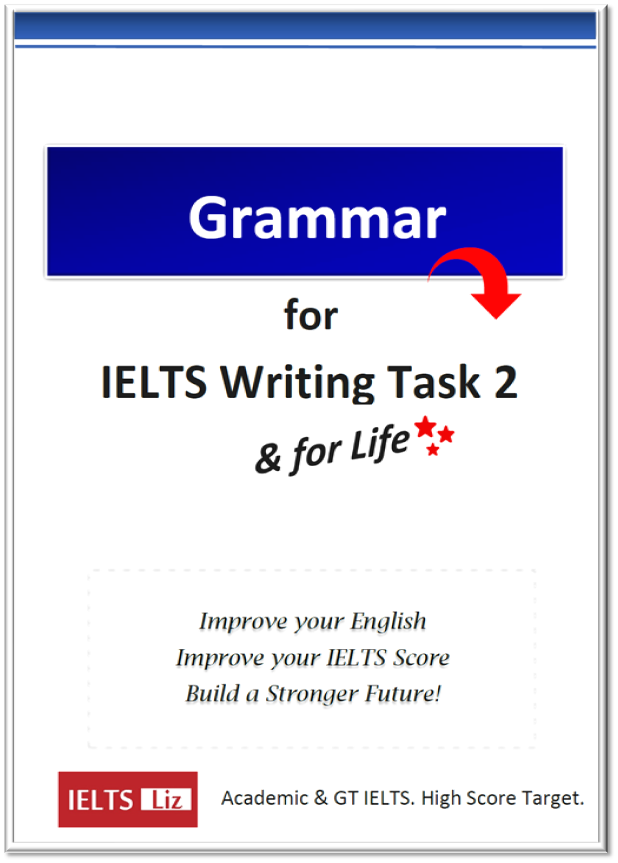IELTS reading matching paragraph information questions are quite common in IELTS reading. They can appear in both GT and Academic reading tests. They are not the same as matching headings questions.
- Matching headings = match the title to the aim of the paragraph – requires deeper understanding
- Matching paragraph information = locate the information in the paragraph – requires only to find information
The passage below is Academic level which means it is harder that GT reading passages. However, GT candidates can still benefit from the practice as the techniques for these questions are the same for both tests. This topic of carnivorous plants and their trapping mechanisms did appear in the IELTS reading test.
This type of question is really testing your ability to scan. Scanning means to move your eyes over the passage to locate specific information. Always remember that the information you are looking for might be paraphrased. So, always prepare the possible paraphrases before you start scanning for the answer. The lesson below is not an IELTS test. It is just a free practice lesson to help you develop skills and awareness.
- skim read the passage for gist
- read & analyse the questions
- tackle the questions in any order
- prepare paraphrases for the statement questions
- scan the passage to locate the information
- write a letter as your answer
Passage: Carnivorous Plants
A) Sarracenia, or the North American Pitcher plant, is a Genus of carnivorous plants indigenous to the eastern seaboard, Texas, the great lakes and south eastern Canada, with most species being found only in the southeast states. It is a plant with a pitfall trap. The plant’s leaves have evolved into a funnel, with a hood like structure growing over the opening to prevent rain water from diluting the digestive juices. Insects are attracted by colour, smell and a nectar-like secretion on the lip of the pitcher. Slippery footings, aided in at least one species, by a narcotic drug lacing the nectar, causes insects to fall inside where they die and are digested.
B) Nepenthes, tropical pitcher plants or monkey cups, are another genus of carnivorous plants with pitfall traps. There are about 130 species that are wide spread, and can be found in China, Malaysia, Indonesia, Philippines, Madagascar, Seychelles, Australia, India, Borneo and Sumatra. The nickname “monkey cups” comes from the fact that monkeys have often been observed drinking rain water from them. The trap contains fluid, produced by the plant, which is used to drown and digest the insects. Most of these plants are small and tend to trap only insects, but some larger species, such as Nepenthes Rafflesiana and Nepenthes Rajah, have been documented to catch small mammals like rats.
C) Dionaea Muscipula, more commonly known as a Venus flytrap, is probably the most well-known carnivorous plant and it feeds mainly on insects and arachnids. The Venus flytrap is a small plant that has 4-7 leaves that grow from a short subterranean stem. The plant is so advanced that it can tell the difference between live stimulus and non-living stimulus. The lobes snap shut in about 0.1 seconds. They are fringed by stiff thorn-like protrusions or cilia, which mesh together and prevent large prey from escaping. Once prey is unable to escape and the inner surfaces of the lobes are continuously being stimulated, the edges of the lobes grow or fuse together, sealing the trap and creating an enclosed “stomach” in which digestion and absorption can take place.
D) Aldrovanda vesiculosa, also known as the waterwheel plant, is a fascinating rootless, carnivorous, aquatic plant. It generally feeds on small aquatic vertebrates, using a trap mechanism called a snap trap. This is a very fast growing plant and can reach 4-9mm per day, in some instances even producing a new whorl every day. The traps basically consists of two lobes which fold together to make the snap traps. The openings of the trap point outwards, and are covered in a fine coating of trigger hairs, which will cause the trap to snap shut around any prey that comes too close. The trap closes in only 10 milliseconds, making it one of the fastest examples of plant movement in the animal kingdom.
Source: this passage was sourced online. I can’t find the original source but if anyone knows please let me know so I can put a link to it.
Questions 1-7
Which paragraph contains the following information? Write the correct letter, A-D, as answers. Note, you may use any letter more than once.
- The plant preys on animals that live in water.
- The plant is able to tell the difference between prey and inedible items.
- Prey is known to die through submersion in liquid.
- Prey is drawn to the plant by its appearance.
- The plant is known for its speed in trapping prey.
- The soporific effect of the nectar can cause prey to tumble into the plant’s trap.
- The plant is capable of trapping creatures large than an average insect.
Answers for Reading Passage
You can find the answers by clicking below:
Click here: Answers to this Lesson
All the best
Liz
More IELTS Reading Lessons & Tips
For more free reading lessons and tips, please click here: IELTS Reading
If you want free lessons for the other sections of the test, please go to the HOME page or use the RED MENU BAR to access those sections.
………………………
Free Subscribe to get New Lessons by Email





